Envision
Navigating Rail Logistics with Railway Transport Management Solutions

Table of Content
1. Introduction
2. Rail Logistics: A Comprehensive Overview
3. Challenges in Rail Freight Transportation: Overcoming the Hurdles
4. Types of Equipment Used for Rail Logistics Service
5. Why Railway Transport Management Solution Matters
6. Embracing the Future of Rail Freight Transportation: A Paradigm Shift
Rail service has long been the backbone of economic growth, seamlessly moving freight across vast distances and fueling industries worldwide. In this blog, we delve into the realm of rail logistics, shedding light on its intricacies and showcasing its potential to revolutionize supply chain strategies. From understanding the challenges to harnessing the benefits, let’s embark on a journey through the rails.
Rail Logistics: A Comprehensive Overview
At its core, rail logistics orchestrates the seamless movement of goods via railways. From meticulous planning to flawless execution, it encompasses every facet of transporting and storing goods efficiently. With a sprawling network of tracks spanning the globe, rail service emerges as a vital cog in the machinery of modern commerce.
Challenges in Rail Freight Transportation: Overcoming the Hurdles
Rail freight transportation stands out as a vital artery, facilitating the movement of goods across vast distances with efficiency and reliability. However, as organizations increasingly rely on rail shipping to meet their transportation needs, they are confronted with a set of challenges that can impede the smooth flow of operations.
Let’s delve into four common hurdles encountered in rail freight transportation:
1. Inaccurate ETAs and Manual Updates
One of the perennial challenges in rail freight transportation is the difficulty in obtaining accurate Estimated Time of Arrivals (ETAs). Traditionally, acquiring this crucial information has necessitated labor-intensive efforts, involving constant communication with carriers and railroads. However, with the advent of real-time transportation visibility platforms, organizations can now access ETAs that dynamically update as circumstances change. By automating this process, valuable bandwidth is freed up, allowing for more strategic decision-making and proactive management of operations.
2. Reactive Disruption Management
Disruptions are an inevitable aspect of rail freight transportation, ranging from adverse weather conditions to unexpected strikes. Managing these disruptions in a reactive manner can significantly impact supply chain efficiency and customer satisfaction. Real-time visibility solutions empower organizations to swiftly identify affected shipments and communicate delays proactively. By providing timely insights into exceptions such as delays and dwell times, companies can mitigate the impact of disruptions and maintain operational resilience.
3. Empty Railcar Tracking
Efficient utilization of railcar capacity is essential for optimizing freight transportation. However, tracking empty railcar movements poses a considerable challenge for many organizations. With innovative solutions like Envision’s empty railcar tracking functionality, shippers can accurately monitor the movement of empty railcars back to their origin. This enables better capacity planning and ensures the availability of railcars for upcoming shipments, thereby enhancing overall operational efficiency.
4. Poor Data Quality & Lack of Analytics
The diversity of data formats and inconsistent standards provided by railroads and carriers can complicate data management and analysis in rail freight transportation. This lack of standardization often leads to manual processes and hampers the ability to derive meaningful insights for decision-making. Real-time visibility solutions address this challenge by standardizing data and providing comprehensive analytics capabilities. By consolidating data from multiple sources and implementing guardrail logic, organizations can enhance data quality, enabling more informed decision-making and strategic planning.
Types of Equipment Used for Rail Logistics Service
The arsenal of rail logistics comprises an array of specialized equipment, each tailored to accommodate diverse cargo types. From automotive racks facilitating the transportation of vehicles to refrigerated boxcars ensuring the seamless delivery of perishable goods, these equipment form the backbone of rail logistics, enabling the smooth flow of commerce. Let's delve into the realm of rail logistics equipment and unravel the intricacies of its functionality.
Automotive Racks
Designed to ferry automobiles, trucks, SUVs, and mini-vans, automotive racks form the backbone of vehicle transportation via rail. Their sturdy construction ensures the safe delivery of vehicles to their destinations, providing a cost-effective and secure alternative to traditional road transport.
Boxcars
As the workhorses of rail freight, boxcars offer unparalleled versatility in transporting a myriad of goods. Whether it's crated, palletized, or bulk items like paper stock rolls, these dependable units excel in safeguarding cargo against the rigors of the journey, ensuring timely delivery across vast distances.
Center beams
Tailored for bundled building supplies, centerbeams feature a unique design with a central partition, effectively securing the transported products in place. This specialized equipment plays a crucial role in the construction industry, facilitating the seamless movement of essential materials to job sites nationwide.
Covered Hoppers
Handling free-flowing dry bulk commodities with ease, covered hoppers stand as a testament to efficiency in rail logistics. Their top-loading mechanism and bottom discharge ensure the seamless flow of goods, making them indispensable for industries reliant on the transportation of bulk materials.
Coil Cars
Specially crafted for coiled steel, steel plate, and high-grade ores, coil cars epitomize precision in handling delicate cargo. With their robust construction and tailored features, these units provide a secure means of transporting valuable materials critical to various industrial processes.
Flatcars
Versatility reigns supreme with flatcars, offering a flexible solution for transporting commodities of varying shapes and sizes. From machinery to construction materials, their customizable nature makes them indispensable in the logistics landscape, adapting to the diverse needs of shippers across industries.
Gondolas
For heavy bulk materials that defy conventional transport methods, gondolas emerge as the go-to solution. Whether it's scrap metal, aggregates, or coal, these rugged units excel in carrying substantial loads, navigating the rails with unwavering stability and strength.
Refrigerated Boxcars
In the realm of perishable goods, refrigerated boxcars emerge as lifesavers, offering adjustable temperature control to safeguard sensitive cargo. From fresh fruits and vegetables to frozen foods, these specialized units ensure that perishable products reach their destination in pristine condition, preserving quality and freshness along the way.
Open Top Hoppers
When it comes to heavy, dry bulk commodities, open top hoppers take center stage, offering efficient loading and unloading mechanisms. With their top-loading design and bottom discharge gates, these units streamline the transportation process, optimizing efficiency and reducing turnaround times.
Tank Cars
The lifeline of liquid and compressed commodities, tank cars play a pivotal role in transporting chemical and petroleum-based products. Owned predominantly by non-railroad companies, these specialized units adhere to stringent safety standards, ensuring the secure transport of hazardous materials.
Specialized Rail Equipment
Beyond the conventional offerings, the realm of rail logistics encompasses a myriad of specialized equipment tailored to unique commodities and industries. From custom-built machinery to proprietary solutions, these specialized units exemplify innovation and adaptability in the ever-evolving landscape of freight transport.
Why Railway Transport Management Solution Matters
Railway Transport Management Solutions(RTMS) herald a new era of efficiency and sustainability in logistics. Not only do they unlock substantial cost savings by leveraging economies of scale, but they also champion environmental responsibility by significantly reducing greenhouse gas emissions. Moreover, the reliability of rail networks ensures a steady delivery system, fostering greater customer satisfaction.
A Railway Transport Management Solution(RTMS) matters for a number of reasons. Here's how it benefits various stakeholders in the railway industry:
For Railway Operators
Increased Efficiency
RTMS streamlines operations by automating tasks, optimizing scheduling, and tracking assets in real-time. This leads to smoother train movement, reduced delays, and better resource allocation.
Improved Safety
Real-time monitoring of tracks, signals, and level crossings allows for proactive maintenance and prevents accidents.
Cost Savings
Optimized operations, reduced delays, and efficient maintenance translate to significant cost savings for railway companies.
Enhanced Customer Satisfaction
On-time deliveries, improved communication, and better tracking of goods lead to happier customers for both passenger and freight transport.
For Businesses Relying on Rail Transport
Reliable Deliveries
RTMS ensures better visibility into shipment location and status, leading to more reliable scheduling and reduced risks of delays.
Cost Optimization
Efficient rail operations allow businesses to potentially benefit from lower transportation costs.
Improved Sustainability
Rail transport generally has a lower carbon footprint compared to road transport. Efficient management can further improve sustainability by optimizing fuel usage.
For Regulatory Bodies
Improved Safety Standards
RTMS facilitates better monitoring of safety protocols and helps enforce regulations.
Data-Driven Decision Making
Real-time data on operations allows regulators to make informed decisions about infrastructure development and policy changes.
Embracing the Future of Rail Freight Transportation: A Paradigm Shift
As rail freight transportation continues to play a pivotal role in global supply chains, the need for real-time visibility has never been greater. By investing in robust visibility platforms like Envision Rail Management System, organizations can transcend reactive operations and embrace proactive supply chain management. With a single-pane-of-glass view into all transportation operations, organizations can identify risks, uncover optimization opportunities, and ultimately enhance the efficiency and reliability of their rail freight operations.
For more information, please reach out to sales@envisionesl.com
Talk to us today to know how our solutions can accelerate your digital transformation
Let's Talk


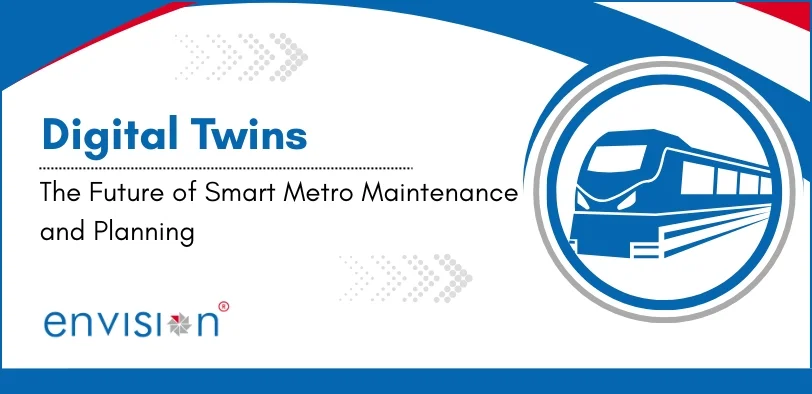

.webp)
.webp)
.webp)
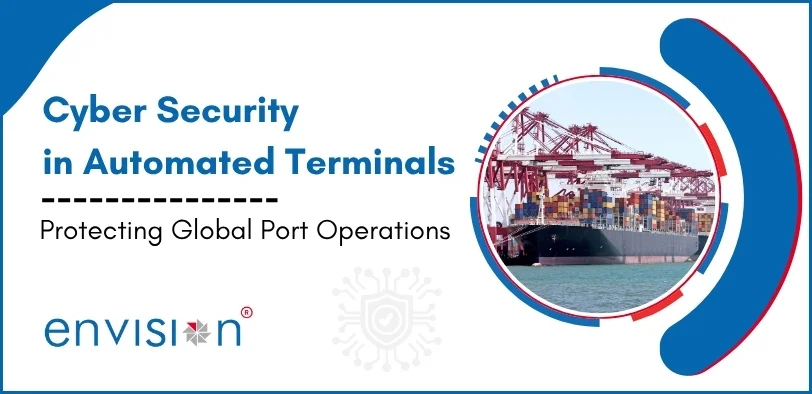



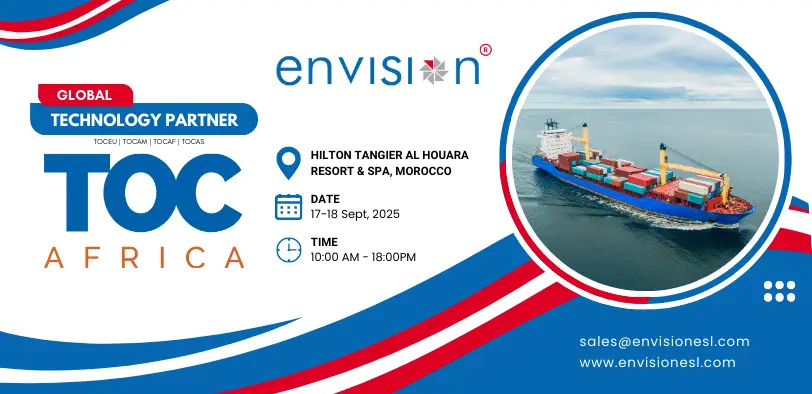
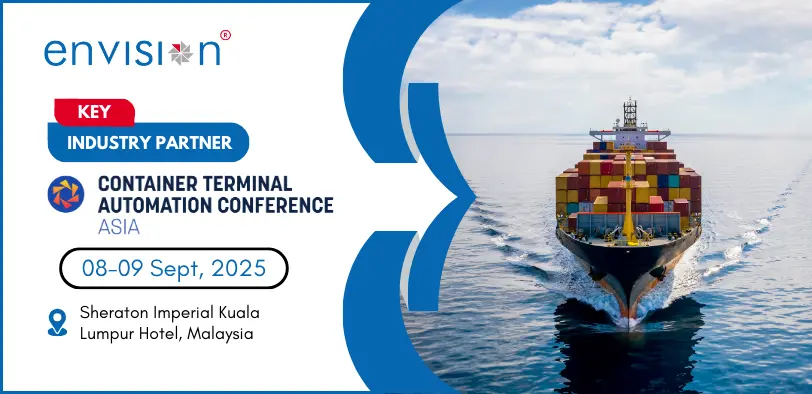
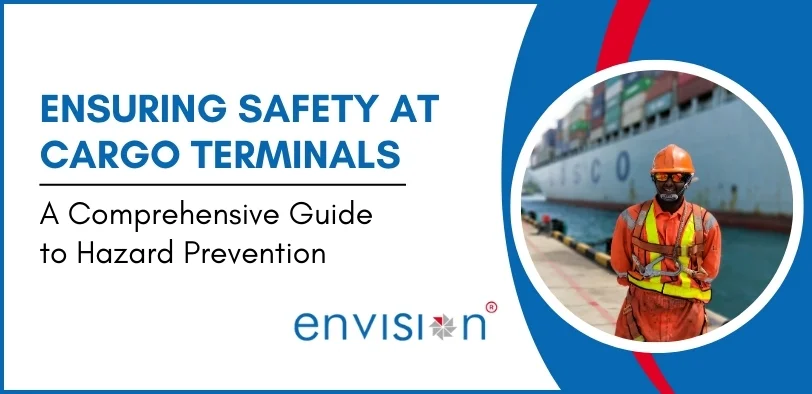
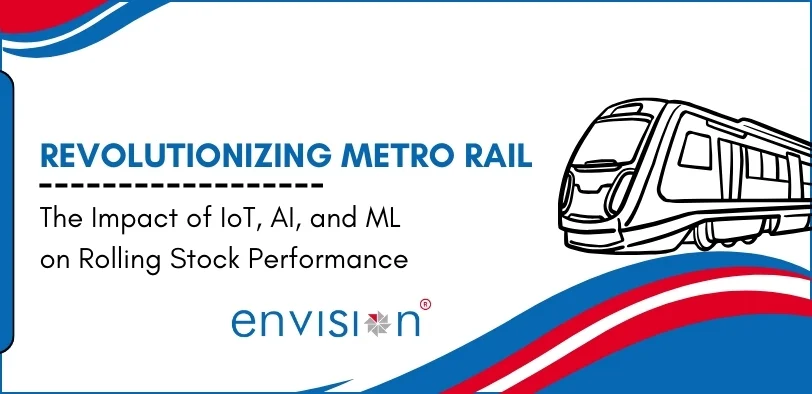
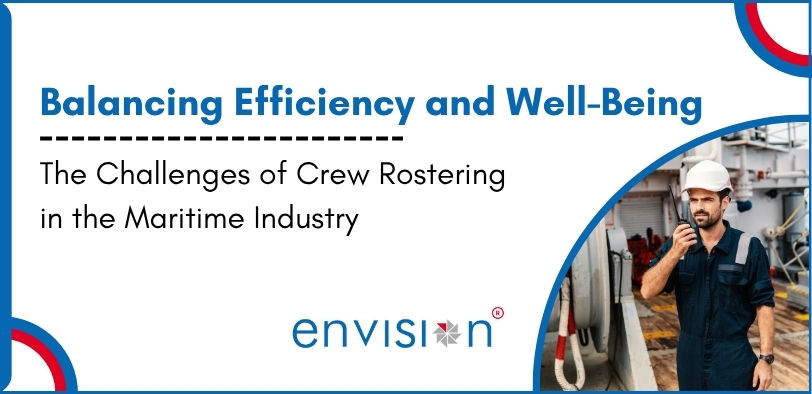
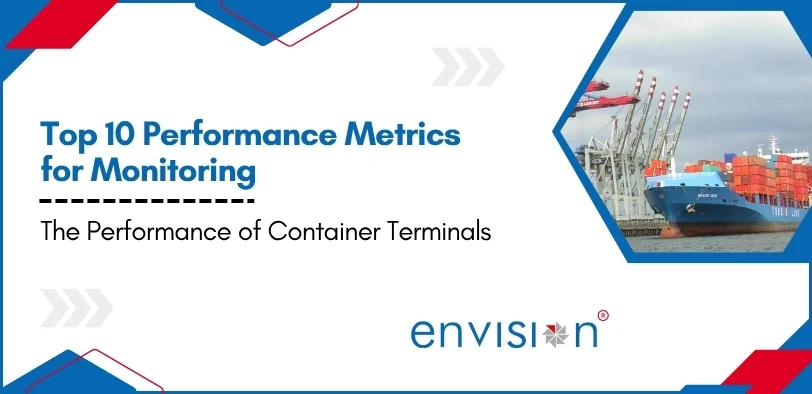
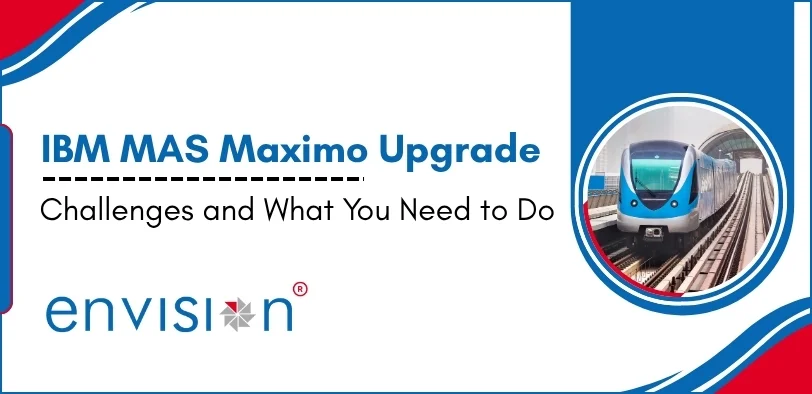
.webp)
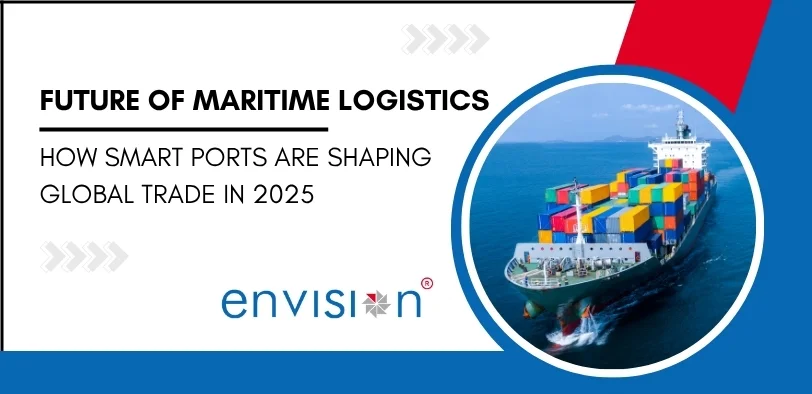







%20ver1_1.webp)







.webp)
.png)
.png)







































